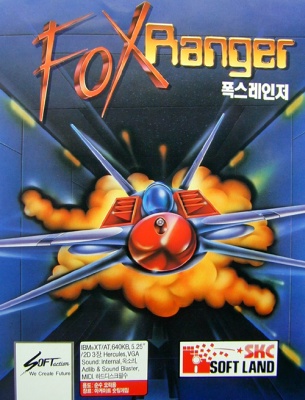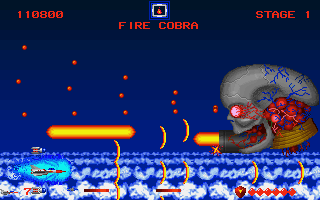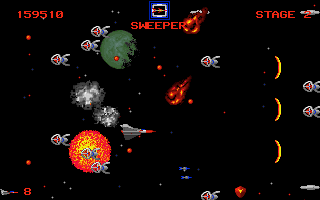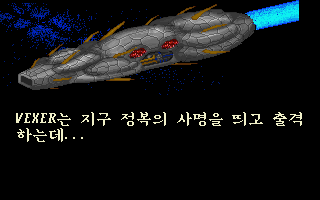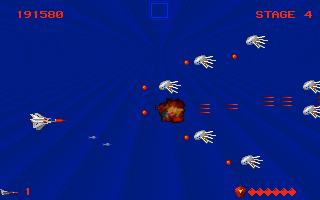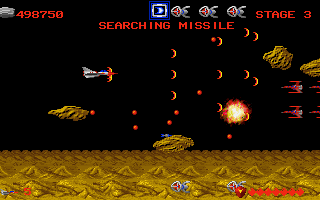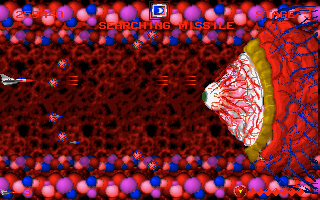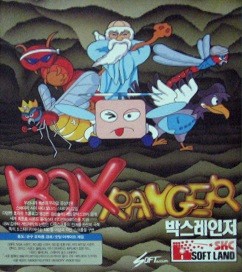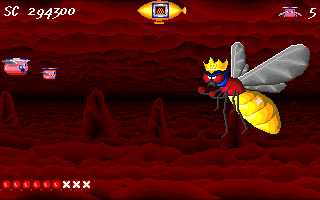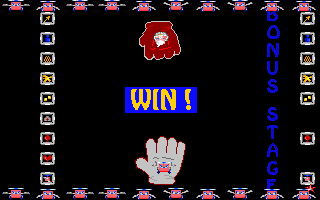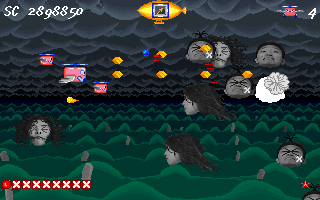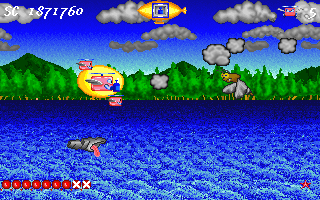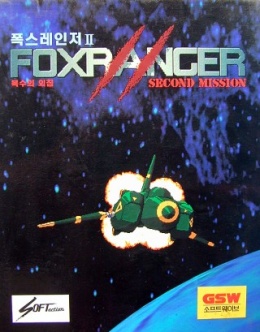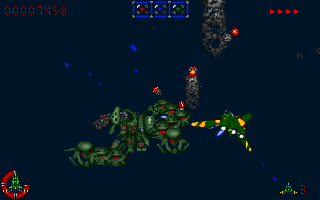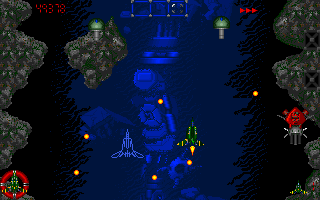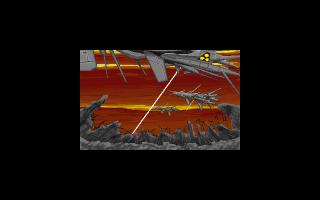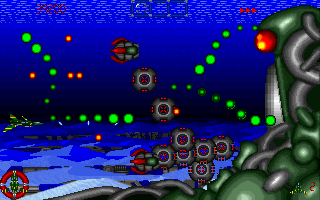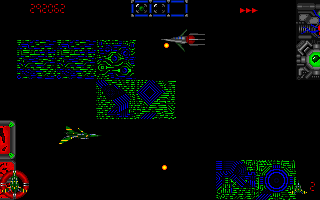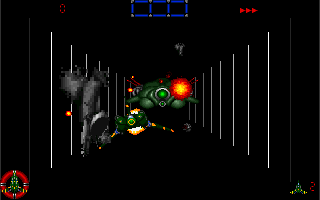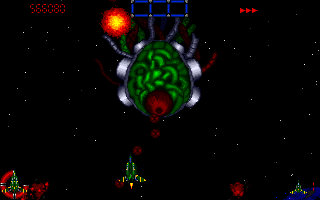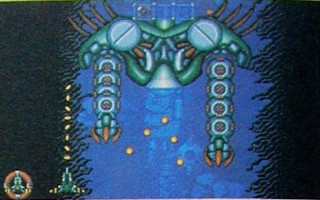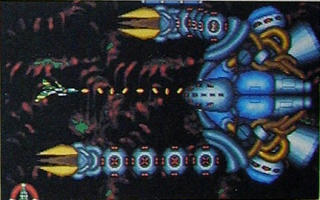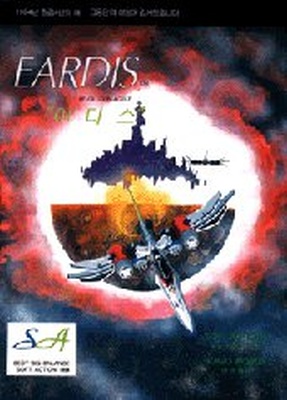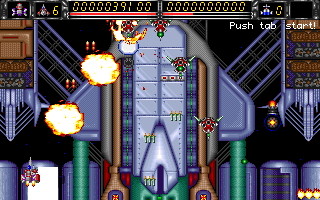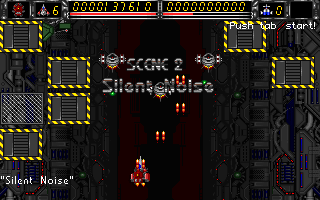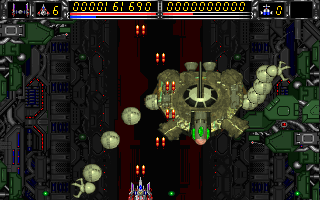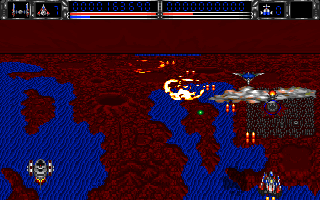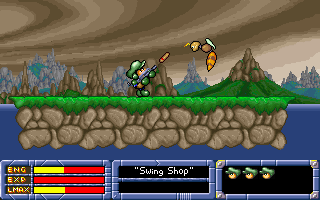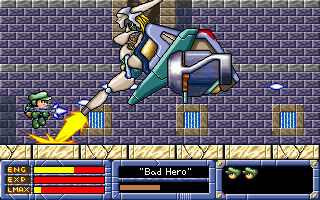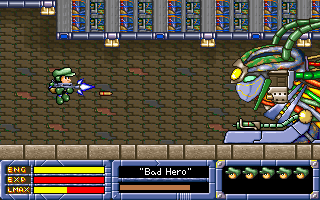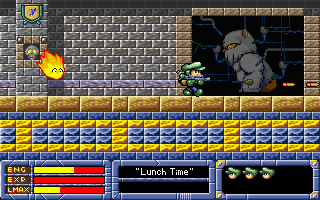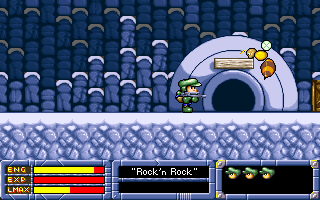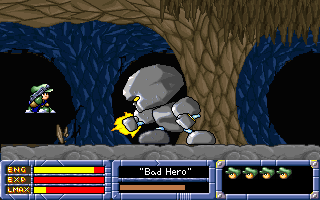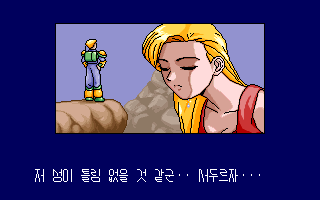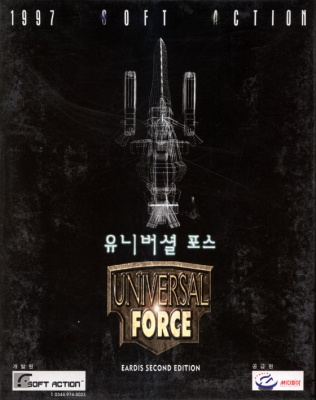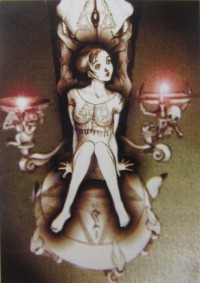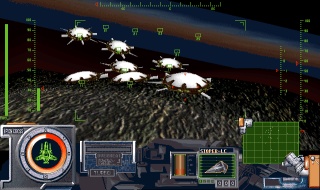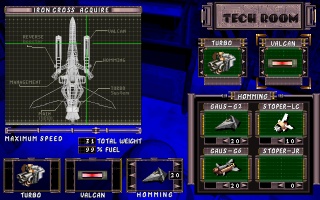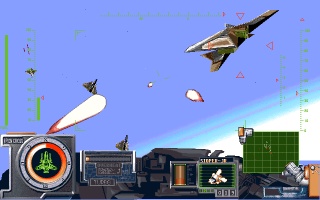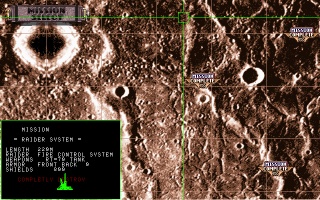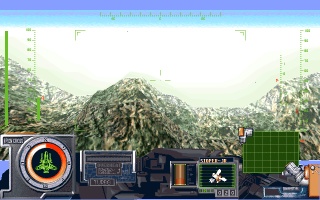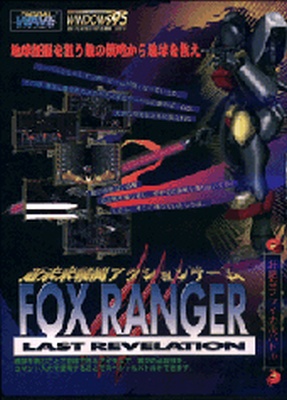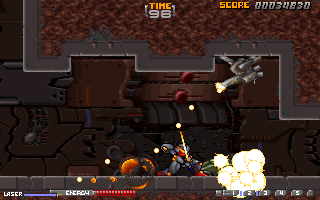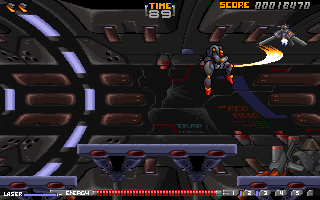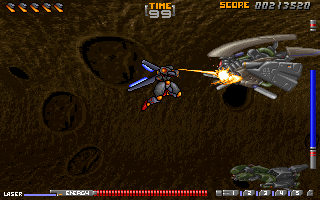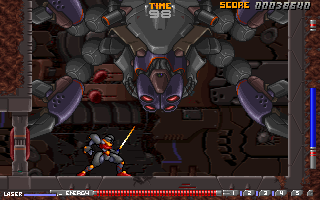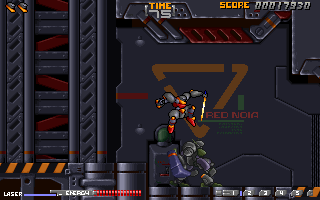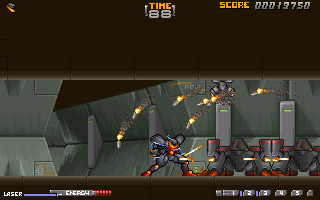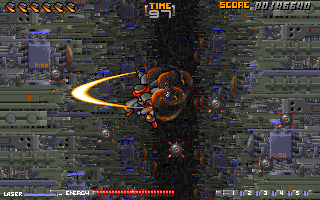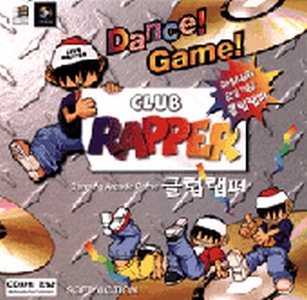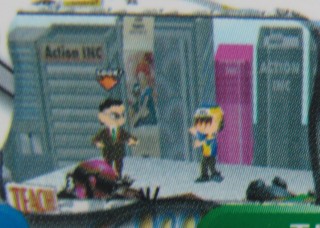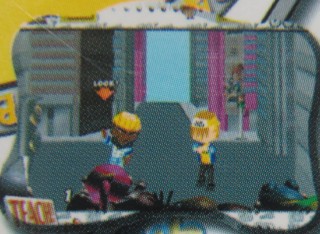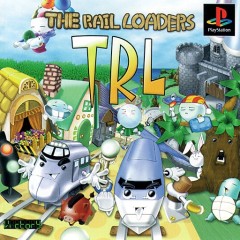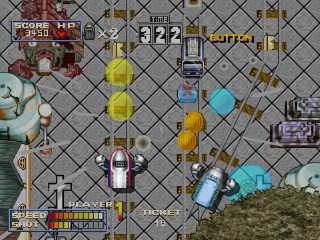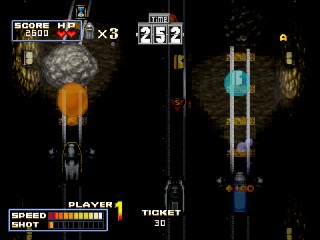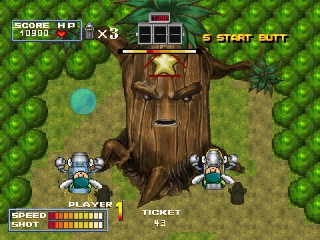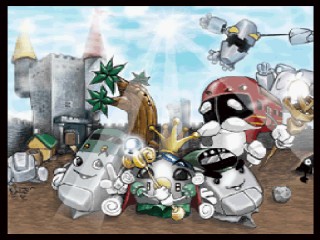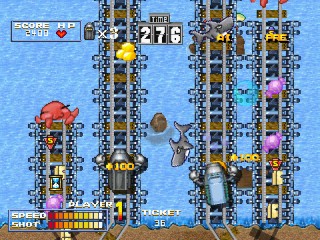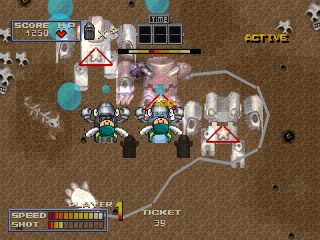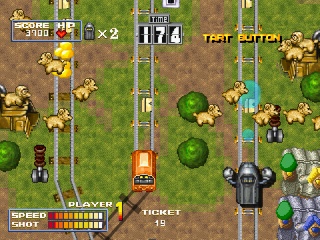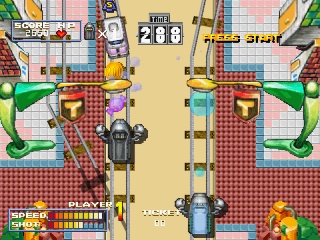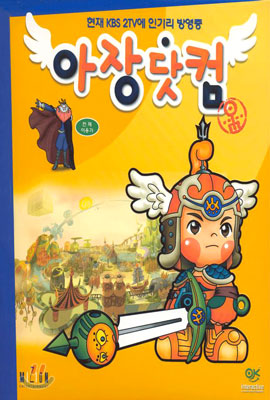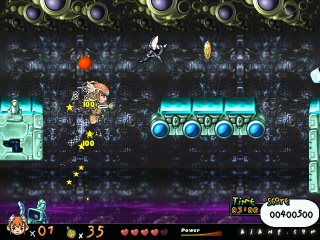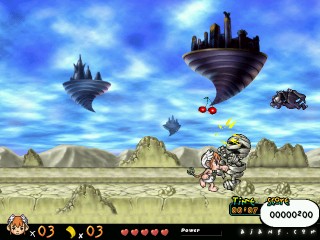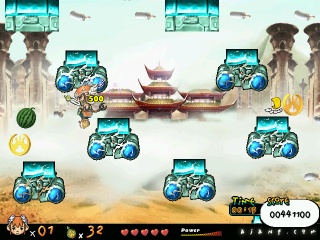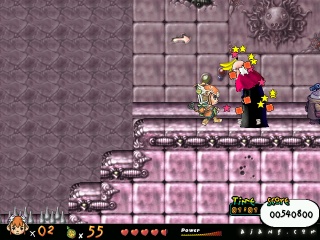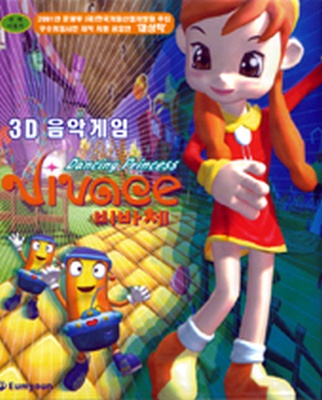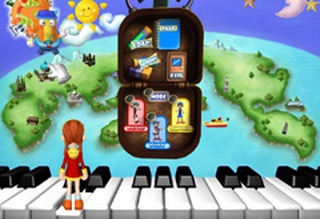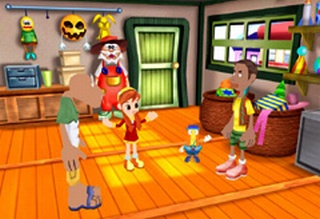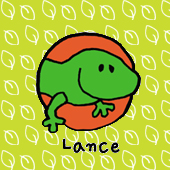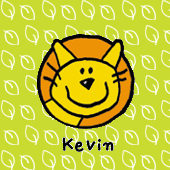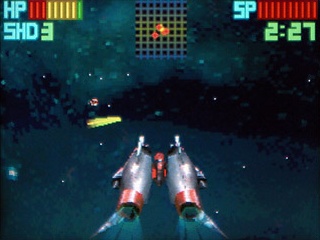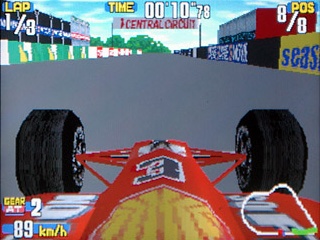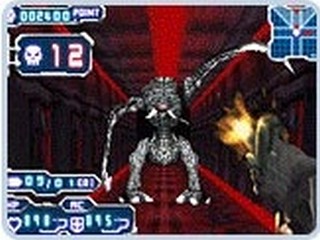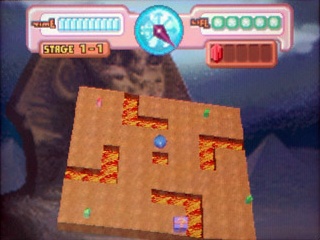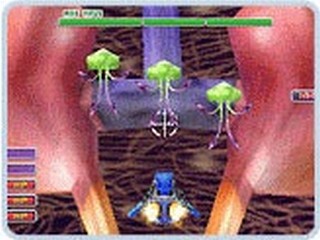A History of Korean Gaming
소프트액션 Soft Action
|
Founded: |
November 1, 1990 |
|
Status: |
uncertain (last known activity 2006) |
|
Key People: |
南相圭 남상규 Nam Sangkyu: |
|
Website: |
www.softaction.co.kr (offline) |
Soft Action has played an important role in rising public awareness about domestic PC game development in Korea. Originally providing his own home as an "office" for the team1, President Nam Sangkyu was at first considered kind of a hero of the industry, and he did a lot of publicity work, wrote columns in magazines and even directed a game soundtrack arrange project for the 2nd anniversary of the magazine Game World2, tieing gamers and developers closer together. The first official soundtrack tape of a Korean game came also from Soft Action, under the title NF433.
But the bugged release version of Fox Ranger II and much more the accusations made public by former Soft Action programmger Kim Hakkyu about internal issues like unpaid salaries and disproportionate amounts of overtime in 1994 seriously hurt the image of both the man and the company4, from which they never quite recovered.
After some educational titles and games aimed at kids, Soft Action switched to mobile games in 2003 and put out a whole bunch of them for about three years. After that, no new products have been released, but it seems the company has been around at least until 2009.
From 1998 onwards, Soft Action was also responsible for the Korean PC conversion of the Langrisser series and some other Japanese games. Nam Sangkyu himself produced the PS2 remake of Assault Suits Valken.
Games
폭스레인저 (Fox Ranger) - IBM PC (April 20, 1992)
Cover
From a modern perspective, it might be hard to understand why this was the game that brought awareness to domestic games in Korea, paving the way for many new developing studios (even Nam Inhwan, the creator of the first Korean RPG in 1987, states Soft Action and Fox Ranger as the reasons that brought him back to the industry5). But in 1992, it was actually quite impressive, and could have passed as a PC-Engine or early SNES game. Sure, the scrolling isn't the smoothest ever seen, but that is compensated with a lot of sprites on screen and sizeable bosses. The soundtrack even almost stole the entire show, securing Nam Sangkyu's reputation as the best game musician in the country. It even featured voices, but those were reserved to a few short samples, at the beginning of each stage, or when a special weapon is selected.
Of course the game also has its significant weaknesses. Most of all, the game system feels uninspired. There's no interesting weapon choices, just weaker and stronger. There's a number of special weapons, most are either ineffective or overpowered. The stage design is a bit on the dull side, too, and there's one enemy that acts like a glitch (in stage 2).
박스레인저 (Box Ranger) - IBM PC (October 31, 1992)
Cover
Box Ranger was Soft Action's approach to a parody shooter. The gameplay, safe for a few new weapons and uprgrades, is almost identical to Fox Ranger, but here the player is embodied by a pink Box.
The enemies are insects and other small animals for the most part, but the most creepy is a stage where one fights against digitized black & white photos of the developer's faces (yes, Nam Sangkyu has made himself a boss in a video game). And the final boss is ... God?
In between stages, extra weapons can be gained by playing a game of rock paper scissors against him.
폭스레인저 II (Fox Ranger II) / Fox Ranger Second Mission: Screaming for Vengence - IBM PC (April 20, 1993)
Cover
With their sequel to Fox Ranger Softmax went a bit overboard and not only included both vertically and horizontally scrolling elements, but even tunnel shooter levels. It's clear they took far too much onto themselves, and the latter play mode is especially hideous. Like in many of the worse such games, it is hard to guess at which position one is to hit or to get hit, and the stages are badly thought out. The first stage can be beaten without a scratch just by parking the ship in a corner of the screen, and then there's enough time to cook a coffee. Even the boss just retreats after a few minutes of helpless moving around. Maybe even worse are the sound effects, which all sound like piano notes for some reason.
Because of those problems, several delays and a huge number of bugs upon release, the customers were furious about the game. Publisher Goldstar started a callback campaign, in which they not only replaced the software with a patched version, but also gave away a graphic design software that was in itself much more pricey than the game6. The reason for the game being such a huge train wreck also became an important factor in Soft Action's eventual downfall: Two key staff members, the main programmer and main graphics artist, had left the team during development7.
Soft Action had originally announced to produce an upgraded version of this game for the Sega CD, named Super Fox Ranger8, but after the mess that was the PC release, that never happened.
어디스 (Eardis): Revolution Force - IBM PC (May 3, 1994)
Cover
This shoot-'em-up was supposed to mark the revival of the 'new' Soft Action after the scandal, which it quite didn't. The game is brutally hard for all the wrong reasons. In the first stage players circle around huge mother ships to destroy their much-too-tough installations, which also prevent your bullets from reaching the attacking enemies. Decent weapons are extremely rare, and it's even impossible to pick up powerups during the invincibility window after respawning. Ironically, the game shows a shield bar for both players, which can even be filled up (it starts at 50%), but everything kills instantly, anyway.
The music is the same midi greatness as ever, but like Fox Ranger II, sound effects are all the same annoying piano bleeps. Visually the game appears almost like a tech demo, with some new impressively implemented feature in most levels, be it crazy parallax scrolling or pseudo mode-7 effects that resemble Axelay.
반슬러그 X 미션 (Vanslug: X Mission) - IBM PC (March 1, 1995)
Cover
It's hard to even count all the things that are wrong with this game, but let's try: The scrolling is extremely choppy, unexcusable in 1995. The stages, especially the last one, are tediously long and bare of any checkpoints. There is an experience bar at the lower half of the screen, but it doesn't even work. It is possible to shoot upwards and diagonally, but the angle is so bad that all flying enemies are a major pain, while most ground enemies are a complete joke for the lack of projectiles. The jumping physics are messed up as well, when the button first isn't pressed for full jump height but then pressed again in mid-air, the "remaining" height is added to the jump. It can't even be like that on purpose, unless they tried to make the worst run 'n gun of all time, which seems believable at this point. Even the music, usually a guaranteed plus for Soft Action games, is bad. Each tune follows a certain style of music, like rock 'n roll or blues, but they all do this in the most generic way thinkable.
The torture goes on for five stages, at the end of each awaits an either unfair or laughably easy boss. Several items can be picked up during the stages (ammunition, life recharge, shield, bombs) which have to be activated in a seperate menu.
The game gets away with astonishingly gory graphics. The action itself is harmless enough, but throughout the levels are badly wounded and even dismembered soldiers, waiting to give hints and tips to the hero, probably just before they draw their final breath. It there's one positive aspect to mention about Vanslug, it's the short animated cutscenes, which are drawn really well, and they're even supported by voice acting, although their playback quality is pretty bad.
유니버설 포스 (Universal Force): Eardis Second Edition - IBM PC (May 1997)
Cover
Officially the sequel to Eardis, but Universal Force actually follows an entirely different concept. Soft Action had a shot at the third dimension for the first time, and the result was a first person flight action game similar to Terminal Velocity or Fury 3.
The missions are all very simple, the task is always to destroy certain structures while avoiding / wiping out the enemy air defense. Controls are simple enough, steering, thrust, brake, laser, missile, missile change, much more isn't neccessary. There is also a radar map available, but for no apparent reason it is mirrored, which is very confusing. Every few mission awaits a flight on auto pilot, which means a FMV sequence in where the player just has to concentrate on the shooting alone, here the game uses a mouse aim. These sections are kinda boring, though, as the enemies just fly over the screen without attempting any offensive moves, and when too many of them escape, the mission has to be repeated.
After every mission the player gets back to the base, where one can equip the ship with various boosters, guns and missiles, load or save the game and watch the briefing.
The 3D graphics are kinda meh, mostly for the extremely short view range. The terrain often blends in even later than objects, so far away tanks and buildings look like they're floating in the air when seen from afar. Nonetheless, the game was rather hardware hungry compared to its visual quality, but there is also a scanlined mode available, which greatly improves the performance. The FMV portions of course are less hardware-dependent and look better than the rest of the game, but they're still somewhat sterile and boring.
Once again, the music makes the best part of the game, it even was decorated for best music in a Korean game in 1997. Only the fact that it's all CD audio makes it a bit undynamic, and the obligatory gap at the end of a track is a bit annoying.
Apparently the game had much more personality in concept than it ended up with. A preview in Game Champ from February 1997 shows artwork for several characters, none of which are seen in the game, as well as an elaborate postapocalyptic scenario.
Unused character artwork
폭스레인저 3 (Fox Ranger 3) / Fox Ranger: The Last Revelation - IBM PC, Windows (September 1997)
Japanese Cover
The third and last part in the series takes an entirely different approach than its predecessors, this one is a mecha action platformer. Probably because of the theme, this game also made its way to Japan as a special Windows version, while being pretty much ignored in its home country (but the Japanese version didn't get much attention, either).
When looking for reasons for the lack of popularity, certainly the lackluster technical execution first takes the blame. There's a number of fancy effects, all of which a SNES would pull off easily through the hardware, but here they're paid for with serious frame rate drops. Even with a powerful PC it's impossible to play the game at a stable speed, as the system has to be slowed down for the less effect-intense portions. The controls don't feel entirely reliable either, sometimes a pressing of the direction keys isn't registered properly, and one has to let go off the button and press it again, before the mecha sets itself in motion. It's also possible to get stuck in walls, then restarting the game is the only remaining solution.
Quite a shame, actually, as the gameplay itself is good. Most stages are fairly big, with lots of branching paths and hidden powerups, and towards the end there's a lot of variety with a stage where the mecha drops down a huge pit, afterwards it activates a jetpack to fly through a semi-shooter autoscrolling stage. It's possible to block enemy fire, and there's a number of special moves that help it overcome the limitations of the standard lightsaber weapon, though most of them are quite tricky to find out. There's also a few design flaws, though. Besides a few single passages that are just mean in an Asshole Mario kinda way, some enemies have the ability to totally obliterate the player with infinite combos if they care to. Still, Fox Ranger 3 could have been Soft Action's best game overall, if only it would run smoothly.
클럽랩퍼 (Club Rapper) - Windows (March 1998)
Cover
This game looks like it wants to be Parappa the Rapper but it actually plays more like Space Channel 5— a computer opponent dictates movements the player has to repeat following the rhythm. Sadly, Club Rapper hasn't got that much going for it. The input timing feels weird, it's almost as if one has to follow one's eyes rather than the ears. The game also produces almost unsolvable compatibility issues with modern systems (which is the reason for the current poor quality of the screenshots. They will be replaced as soon as the technical problems get solved). Not that all that matters, though, as the boring music alone is enough to put this in the last league of music video games.
TRL: The Rail Loaders - PlayStation (September 1999)
Japanese Cover
TRL may well be the only 2D rail shooter ever (unless one considers every standard 2d shoot-'em-up as "on rails", which they technically are), and it takes this genre designation quite literally. The players board two trains (in single player mode, artificial stupidity takes control of the second one), and have to make their way to the boss following the rails, using track switches to avoid traps and collect bonus items. Sounds like an awesome idea? Not quite so. The movement really feels limited after a while, and the trains' acceleration is terribly aggravating, especially when one has to track back a bit. It's not only incredibly slow, but also incredibly easy. Boredom is guaranteed.
Only for the bosses the game breaks its own formula, the trains grow wings and fight the fiends like they'd do in any normal shmup. Those battles are much more exciting than the rest of the game, but feel somewhat hectic and out of control (maybe only because of the slowness of the main game?).
TRL was the first Korean developed PlayStation game, but because the console wasn't officially available at that time, it was only released in Japan, in cooperation with Victory. In fact, nowhere on the box or the title screen is Soft Action mentioned, their name only exists in the game in brackets after Nam Sankyu's name in the credits. Nonetheless, the game is practically completely done by Soft Action staff, with Japanese only functioning as co-directors and producers.
아장닷컴 (a-jang.com) - Windows (January 2002)
Cover
In 2001, Soft Action followed the contemporary trend of kiddie platformers and created a-jang.com, based on a short-lived saturday morning cartoon by the same title. The game was obviously a co-production with some Japanese studio, the credits list one Yun Takeuchi as programmer (maybe only a coincidentally identical name?), among others.
a-jang.com's structure is rather formulaic - the adventure goes through five worlds with three stages each, the hero, a long-haired toddler, jumps from platform to platform, takes out enemies with his mighty fists or a limited supply of projectiles (preferably saved for the few bosses). When collecting enough powerups, he turns into a knight in shiny armor, which makes him more endurable and gives him a powerful box for a weapon.
a-jang.com might not be Soft Action's most original title, but it sure is their most solidly produced one. The game being a bit too much on the easy (and short) side is already its greatest fail, but understandable given the cartoon's target audience. There are hardly any bugs, and a-jang's controls are tight enough, only the range for his standard attack is too short to feel comfortable. The stage designs may not reek of genius, but they're interesting enough, and while the first few ones are very linear, there's a lot of room for exploration later on. It's nonetheless not common to get lost, as signs point out the way to the goal in reasonable intervals.
Soft Action shows off some stunningly beatiful handdrawn art with this game, as well as some nice effects whenever an enemy is beaten or an item is picked up. The backgrounds tend to get a bit boring, though, as many of them only show the same image for the entirety of the stage. The music is plagued by a similar problem, it's basically just two tunes played over and over again.
Dancing Princess Vivace (비바체) - Windows (December 2002)
Cover
Another music game, supposedly aimed at young kids. The Vivace project was a cooperation with Mintec, a subsidiary of the musical education company Eumyoun. Soft Action developed the retail game, while Mintec offered a couple of flash mini games for free. The flash games can still be played on the archived homepage in the Wayback Machine.
Mobile phone games - GXG (2003-2006)
When it became clear that only online and mobile games would have a chance for survival in Korea, Soft Action chose the latter. Over three years they produced more than fifteen mobile 3D games, mostly for the GXG line by SK Telecom. Among the many original developments were also some ports like Armored Core Mobile 2 and Kings Field Mobile 2.
The most notable games were those released at the height of GXG 3D gaming in 2005, when Soft Action games were flagship titles: Dragon Egg (a puzzle game), 3D Field Golf (released April 12th), the racing game Winning Lap (April 15th), the space shooter Space Ray (May 27th), Xnowboard Challenger (May 27th), a FPS titled Hoo - The Chaos Tube (August 23nd) and finally Nano Robot (December 31st).
Soft Action's first game for a mobile device actually dates back to October 1996: That month they made a Tamagotchi-like application for the Pocket Station, titled Kookee. There's no information if and in what form it saw a public release, though.
Kookee Logo
Unreleased Titles:
키드캅 (Kid Cop) (1993)
슈퍼 폭스 레인저 (Super Fox Ranger) - Mega CD (1993)
태극문 (Taegeungmun) (1995)
Box Ranger Returns (1995)
쥬피터 프로젝트 (Jupiter Project) (1996)
Magic (1996)
References
1. PC World 3/1993, page 226
2. Ruliweb Forums
3. History of OSTs in Korea
4. PC World 5/1994, page 280
5. PC Champ 1/1996, page 248
6. Game Champ 10/1993, page 51
7. PC World 5/1994, page 281
8. Game Champ 6/1993, page 44

